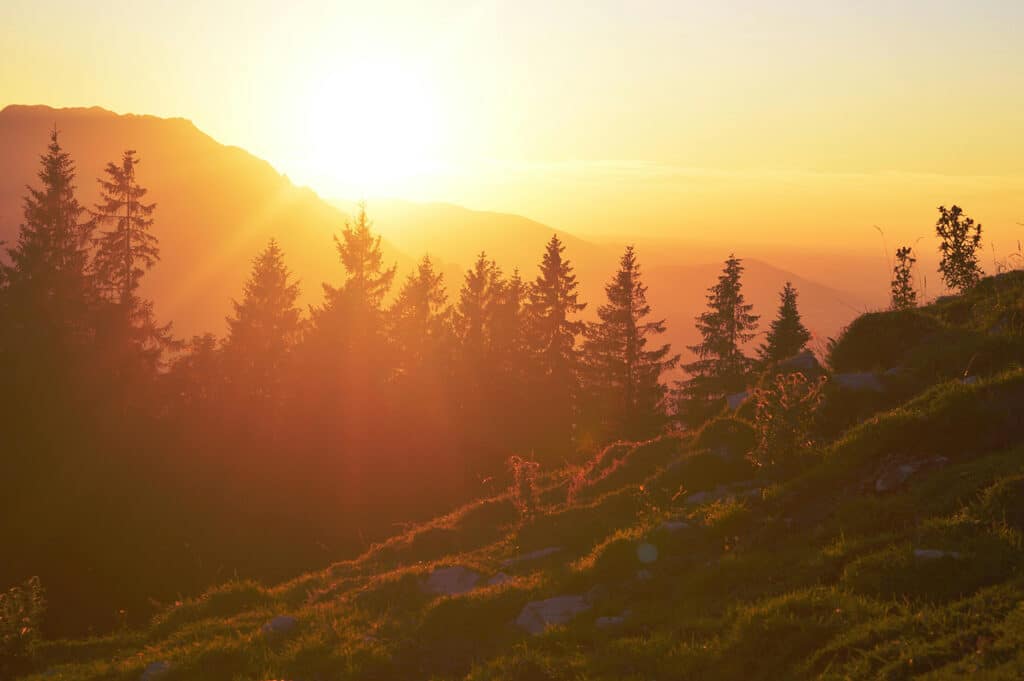Here at Tolam Earth, our core value is to repair, protect, and serve our planet sustainably. Looking at our logo, you may be asking, “What does a polar bear have to do with that? And just how are you serving our planet?” Answering those questions connects Arctic ice to cookstoves in Africa through a tiny particle of pure carbon. Black carbon.
Black carbon is produced through the incomplete combustion of fossil fuels, wood, or other fuels. Unlike its more well known cousin carbon dioxide, that can remain in the atmosphere for hundreds of years, black carbon is a short-lived atmospheric pollutant that contributes to global warming, adversely affects human health, and decreases the earth’s albedo, or ability to reflect sunlight.
In the atmosphere, black carbon reduces the penetration of sunlight (think soot in the air), affects plant health, impacts cloud formation, changes regional weather patterns, and contributes to nearly 7 million pollution-related deaths every year. On the ground, black carbon darkens snow and ice, increasing heat retention and accelerating melting. Black carbon is estimated to be responsible for more than 30% of warming in the Arctic, melting the ice that polar bears are dependent on for traveling, hunting, mating, and resting.
Through the Market Development Fund (MDF), Tolam supports and collaborates with partners to boost the creation of tokenized digital environmental assets. Traceable, reproducible, immutable digital records that document the life cycle and calculation of carbon offsets are created, reducing fraud in the ESG market. Initial MDF partner, the Nova Institute, develops cookstoves for South African households in rural areas. Over half of anthropogenic (human caused) black carbon emissions are a result of household cooking and heating. Remember those polar bears and the ice they depend on, with accelerated melting due to black carbon?
We believe in serving our planet — by reducing black carbon emissions, by conserving wildlife habitats, and by supporting sustainable development.
